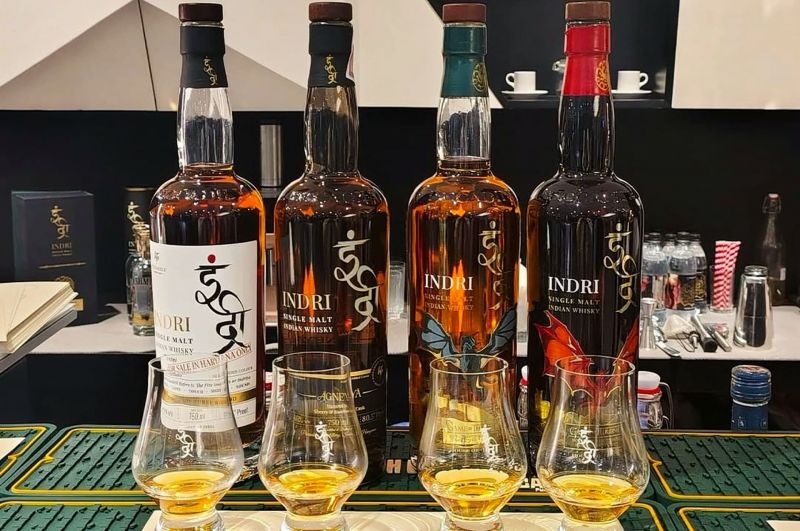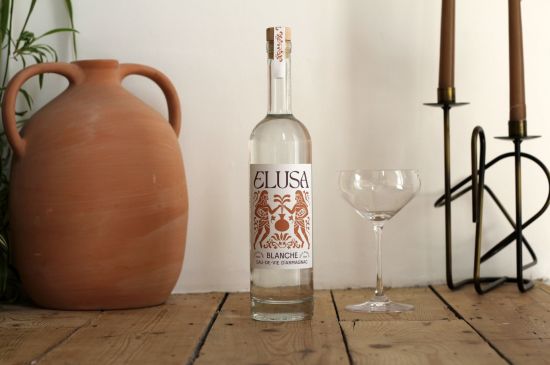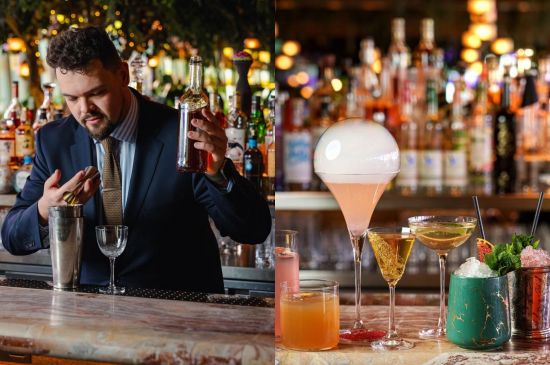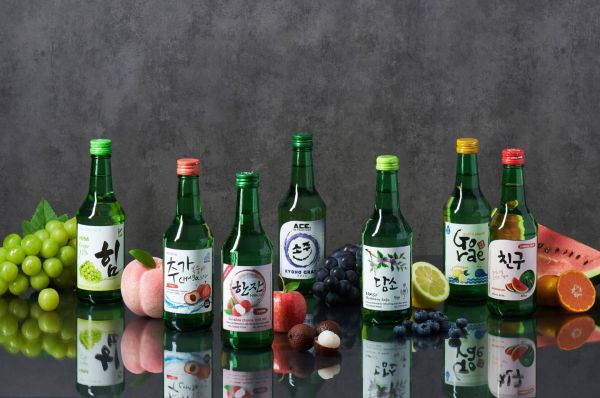
04/11/2025 With growing consumer curiosity, favorable trade conditions, and a unique flavour identity rooted in terroir and climate, this is the right time for on-trade buyers and beverage directors to make room for India’s finest
Indian single malts are rewriting the global whisky narrative, putting India on the map as a credible, premium whisky-producing nation. What began in the early 2000s with Amrut, the first Indian single malt to win international acclaim, has evolved into a thriving category with players like Paul John, Rampur, and newer entrants such as Indri, Pernod Ricard’s Longitude 77, and Diageo’s Godawan.
The fact that global powerhouses such as Diageo and Pernod Ricard have invested in Indian single malts underscores one thing: the category’s growing potential. Today, Indian malts aren’t just outperforming expectations—they’re actively influencing the way the world perceives whisky from the subcontinent.
What’s Driving the Momentum?
Historically, India’s whisky industry borrowed from Scotland’s production model, but what truly distinguishes Indian single malts today is their expression of terroir, climate, and grain.
While Scotch relies on two-row barley, India uses six-row barley grown in the northern plains—producing a malt that’s richer in proteins and delivers a more robust, spicy profile. Then there’s India’s tropical climate, which accelerates maturation, allowing whisky to age in roughly a third of the time required in Scotland. The result is a spirit with intensely concentrated fruit, sweet, and spice notes—an advantage rather than a compromise.
As millennial and Gen Z consumers drive the global premiumisation wave, their demand for authentic, local, and story-driven spirits is aligning perfectly with what Indian producers offer. Distilleries have refined their production standards, introduced modern aging and blending techniques, and embraced storytelling that celebrates place and provenance.
Brands like Indri lean into their Indian cultural roots, Paul John invests in advanced distillation and cask experiments, while Rampur strikes a balance between heritage and contemporary character. Together, they’re shaping a new benchmark for premium world whisky.
The UK–India Connection: A Growing Opportunity
For the UK and European markets, the rise of Indian single malts couldn’t be better timed. Post-Brexit trade dialogues between India and the UK have included discussions around revised duty structures and tariff relaxations on Indian whisky, potentially lowering barriers for importers and distributors. With UK consumers showing increasing curiosity toward non-Scotch world whiskies—from Japan to Taiwan—Indian single malts fit squarely into this exploratory trend. Their distinct flavour profiles, accessible price points, and compelling origin stories make them highly attractive for whisky bars, premium pubs, and modern Indian restaurants across the UK.
Beyond their market appeal, Indian single malts also complement Indian and pan-Asian cuisines beautifully. Their fruit and spice-driven notes balance the heat and complexity of these dishes, making them a natural fit for pairing menus, whisky flights, and storytelling-led tasting sessions.
Why On-Trade Buyers Should Care
For the on-trade sector, Indian single malts present more than just a flavour innovation—they’re a smart commercial decision. Beverage directors and bar managers can diversify whisky menus with an offering that sparks conversation and delivers high-margin potential. Distributors can tap into growing curiosity among whisky drinkers eager to explore beyond Scotch. And bartenders and tasting hosts have the opportunity to bring a new world of flavour and culture into experiential tastings or signature serves.
As the UK’s cocktail and whisky culture evolves, featuring Indian malts on shelves and tasting lists signals a venue’s commitment to discovery and diversity—an edge that today’s consumers value.
How to Ride the Indian Single Malt Wave
To stay ahead of the curve, industry professionals should:
- Track emerging Indian brands such as Indri, Rampur, Godawan, and Paul John for new cask finishes and export releases.
- Forge partnerships with Indian distilleries to access exclusive batches or collaborative bottlings.
- Incorporate Indian single malts into whisky flights and cocktail menus, especially at venues specialising in global spirits or fusion cuisine.
- Educate staff and guests through guided tastings that explore India’s climate, barley, and cultural connection to whisky-making.
The rise of Indian single malts isn’t just another spirits trend. It’s a shift in perspective. It signals that great whisky is no longer defined by geography, but by craftsmanship, character, and authenticity. For the UK on-trade, embracing this movement means offering guests something that feels both global and grounded, a spirit that tells a story of place, passion, and possibility. Indian single malts have earned their place on the world stage. Now, it’s time they earned one behind your bar.
TAGS:
 The On Trade
The On Trade 








